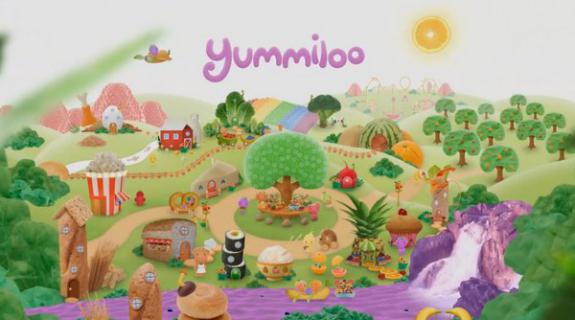Now that the small screen is merging with smaller and smaller screens, networks have virtually limitless options when it comes to where they distribute their content. As these boundaries break down, marketers and technology providers agree that it’s still about the same thing: programming.
In “Broadcasting without Borders,” a Monday panel at Digital Hollywood in Los Angeles, speakers discussed the issues surrounding today’s content opportunities and their rapidly growing distribution platforms.
Lisa Black, EVP of content and business development at FishBowl Worldwide Media (the company behind “America’s Funniest Home Videos”) commented on the creative advantage cable channels and marketers have as new technology drives audiences: “They’ve had a lot more freedom in terms of creativity, content and time to roll out more seasons. Season 1 might not be stellar, but Season 2 goes to Netflix where they can use Season 1 as a marketing vehicle to get to Season 2.”
Susanna Pollack, CEO of children’s brand yummico (founded in 2011), says the idea of using digital properties to enhance existing brands is not a new idea in the space, there are now simply more places to distribute. “Networks and content creators are looking as their content as brands – it’s no longer linear stories,” she said. “In a kids’ space, that’s something we’ve always done. We’re developing characters and stories within a universe of stories that can play on multiple spaces.”
This way, she says, they can test their stories as an app or short-form experience first, then use that data as leverage when approaching potential partners or distributors. Pollack says that apps like these “have an opportunity to help incubate new properties.”
But in the children’s space or no, “It’s still about content – if the content isn’t great and the work isn’t done to create a great story, it’s going to fall flat,” said Pollack.
And for Black, The “America’s Funniest Home Videos” brand always worked well across platforms – in fact, she says they were there first. “We were YouTube before YouTube,” said Black. “Our content can be consumed in short bites, so it has a financially successful life across all these other platforms.”
Danny Fishman, partner at Believe Entertainment Group, went on to say that content has to find its way to the right distributors. Without that right outlet, programming will never find the right audience.
“From a content standpoint I think it’s key to think about keying it to the right platform,” said Fishman. “And there’s never been a better time to have those choices. Think about: What is the specific platform in which we’re looking to distribute this content? Who is the audience for that? There is so much data you can capture around that.”
The panel agreed that taking linear TV content and shortening it for another platform isn’t the way to go. Programming should be created with both platform and that platform’s audience in mind (while also keeping in mind how to monetize the content on that platform).
“The idea of creating short form content as extensions to television content, that’s not new,” according to Pollack. “But first it was a marketing play. It was about keeping audiences engaged while in the off-season. Now, there’s value in that content, and that to me is the evolution of that content.”
“I think the content has to be really great content for it to be consumed – technology just enabled it to get into more hands, and for it to become shareable,” said Black.
Tags:













































__twocolumncontent.jpg)











